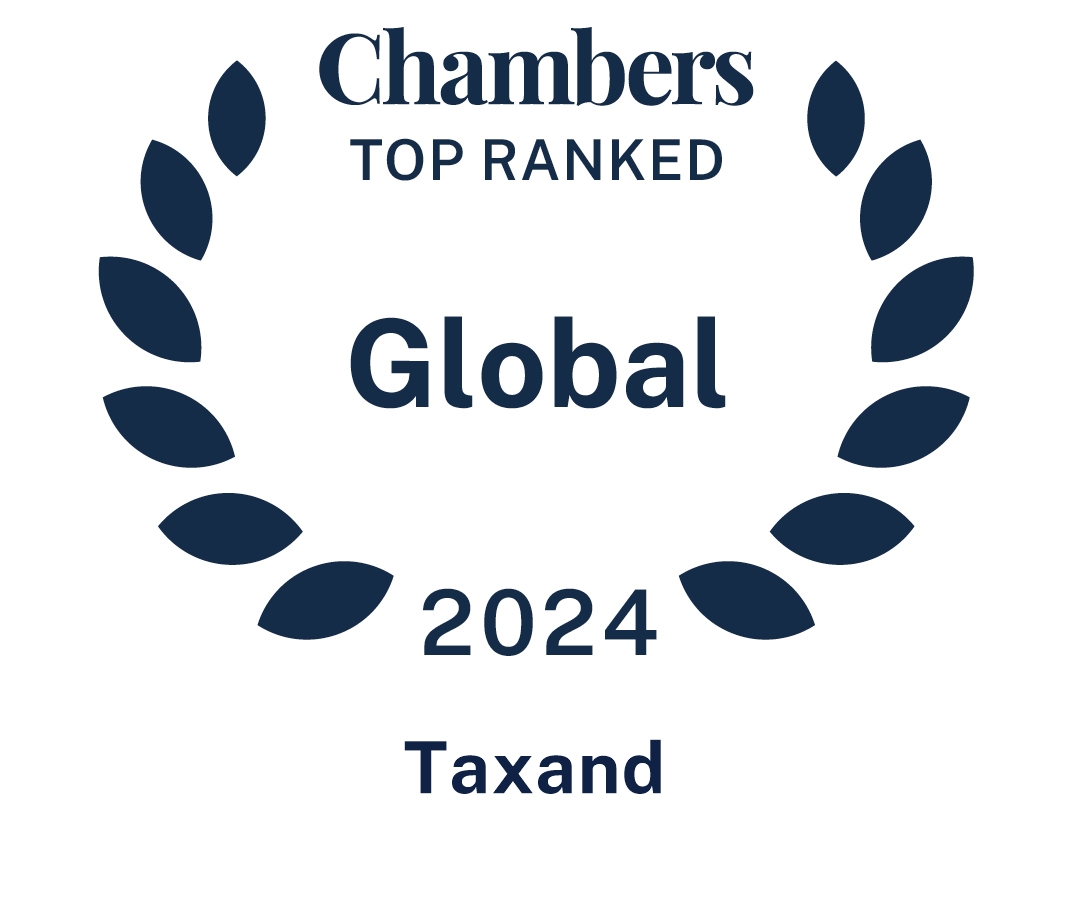One of the least-discussed but most-consequential provisions of the Tax Cuts and Jobs Act of 2017 is the Qualified Opportunity Zone program. Championed by a bipartisan group of U.S. Senators, “O-Zones” present investors with an opportunity to roll capital gains into a tax-preferred investment, with both tax deferral and permanent benefit features.
How does the O-Zone Strategy work?
A Taxpayer invests capital gains from the sale of an asset into a Qualified Opportunity Fund within 180 days of the asset sale. A Qualified Opportunity Fund is a fund which must hold at least 90 percent of its assets in Qualified Opportunity Zone Property. The Fund must file a form with the IRS after formation to designate itself as a Qualified Opportunity Fund, and must meet the 90 percent standard by the last day of the fund’s initial six months AND on the last day of each tax year. Investment in the Qualified Opportunity Fund can only be in the form of cash.
Discover more: Capital Gains Tax Relief under Tax Cuts and Jobs Act


